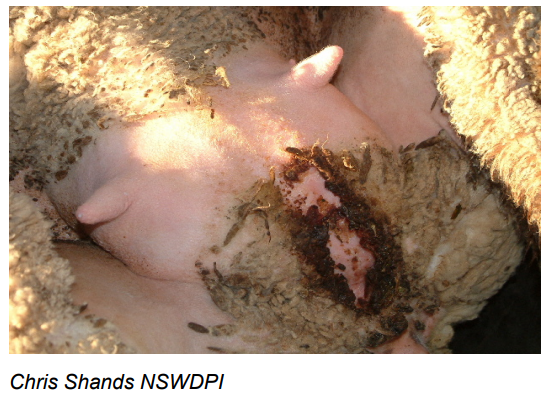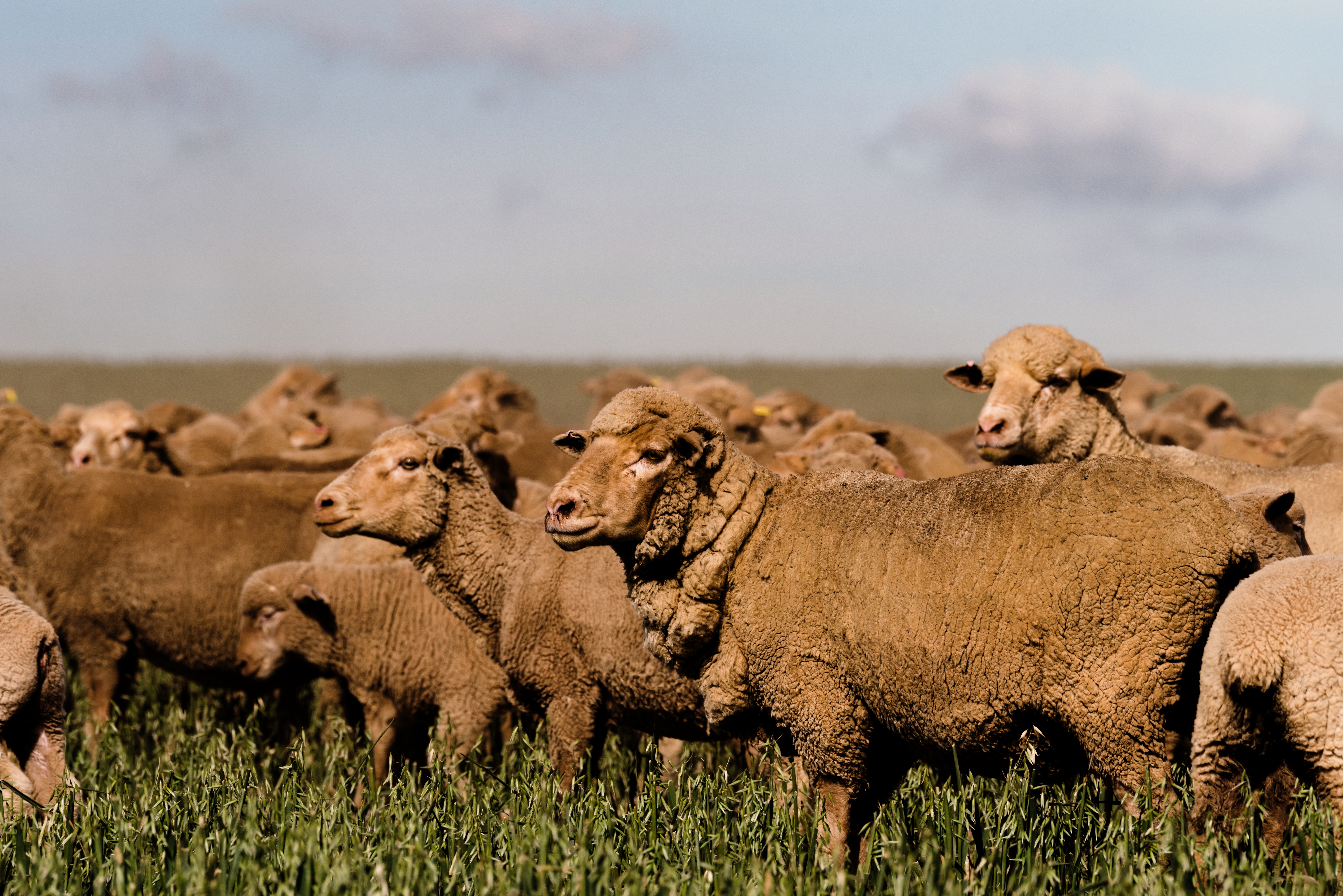Passengers vs Performers

Wet-or-dry assessment of ewes at lamb marking can help to identify the performers vs passengers in your flock to lift reproductive efficiency.
Identifying ewes with superior performance to retain and those with poor performance to cull will increase reproductive efficiency and selection pressure within a flock. Pregnancy scanning, lamb marking and weaning are key times to make use of EID and record data for individual ewes that can be used to identify the performers and passengers.
Performers |
Passengers |
|
|
Research has shown that culling ewes that have consecutively failed to rear a lamb (twice lambed and lost) has a similar impact on lifting the reproductive performance of the flock as culling ‘twice-dry’ ewes. The main benefit of culling these ewes is a decrease in the number of dry ewes in the flock. Economic analysis found that selling ‘once-dry’ ewes was more profitable than selling ‘twice-dry’ ewes for flocks that can maintain flock size with this higher level of culling. This should be achievable for flocks that have a weaning percentage greater than 90%. Selling ‘twice-dry’ ewes was the best option for flocks with a lower weaning percentage.
Udder assessment
Assessing ewes as ‘wet’ or ‘dry’ (a.k.a. ‘lambed and lost’) is best done at lamb marking. Udders may be assessed at weaning, however, if ewes have naturally weaned their lambs by the time you wean then you may incorrectly assess ewes as not having reared lambs. Assessing udders at lamb marking is the most reliable way of identifying ewes that have conceived and reared lambs if you do not pregnancy scan your ewes.
Wet |
Dry (a.k.a. lambed and lost) |
|
|

Figure 1: Normal functioning udder and teats. Birth stain can be clearly seen between the vulva and the udder. Clean teats show they are being suckled.
Dry ewes that were not pregnant or have failed to lamb will have the smallest udders, no stain on the breech and are often fatter. Maiden ewes that are dry will have no udder development whereas older ewes that have previously lambed will have some udder development.
Take the opportunity to identify any udder abnormalities when assessing ewes as wet/dry. Ewes with mastitis or unsound udders should be culled.
Udder abnormalities include:
- Mastitis
- One or both sides of the udder are hard and often lumpy
- Milk stripped from the teat may be watery and have clots, blood or pus
- If the ewe has ‘black mastitis’, the udder will look black/purple and feel colder than normal due to the death of the tissue. These ewes will require treatment with antibiotics.
- Missing teats
- Teats damaged from shearing cuts
- ‘Blown’ teats/teats that are too large which prevent the lamb from drinking
- Blind teats
- Abnormal udder development
- Cheesy gland
Kilograms weaned
Calculating the kilograms of lamb weaned per ewe requires you to match lambs to dams manually or via technology, and therefore may not suit all woolgrowers.
Identifying a ewe as ‘wet’ tells us that she has reared at least one lamb. Of even more value is knowing how many lambs she weaned and the total kilograms of lamb that she has weaned. Ewes may then be ranked based on the weight of lamb weaned to identify superior and poorer performing ewes within the flock.
Other data to record at marking or weaning
Lamb birth type
Single- and twin-born progeny should be classed within their birth type to avoid biased selection of single-born progeny which are typically bigger and produce more wool that is finer compared to their twin-born counterparts. Lamb birth type can be recorded at lamb marking or weaning provided that you have pregnancy scanned for multiples, lambed single- and twin-bearing ewes separately and have not boxed up mobs of different birth types before marking/weaning. If you have lambed maiden ewes separately from adult ewes, you can also record dam age and then class progeny from maiden and adult ewes separately.
Ewe condition score
Take the opportunity to condition score your ewes while they’re in the yards for weaning. This will enable you to identify and separate ewes in poorer condition that will require preferential nutrition during the recovery period between weaning and their next joining.
Where to go for more:
- AWI Picking Performer Ewes™ workshop - Let us know if you would like to attend one of these workshops by emailing Georgia at georgia@awiextensionwa.com
- NSW DPI factsheet on udder assessment
Amy Lockwood, AWI Extension WA







.jpg/Zz0zNDRlNmZlMjBlYmMxMWYwOTk5YzVlMmQ3Njg2YmYwZg==)
.png/Zz0yM2JiZjM5ODBlYmMxMWYwOTU5YTYyNTc0YTA0ZjBjZQ==)